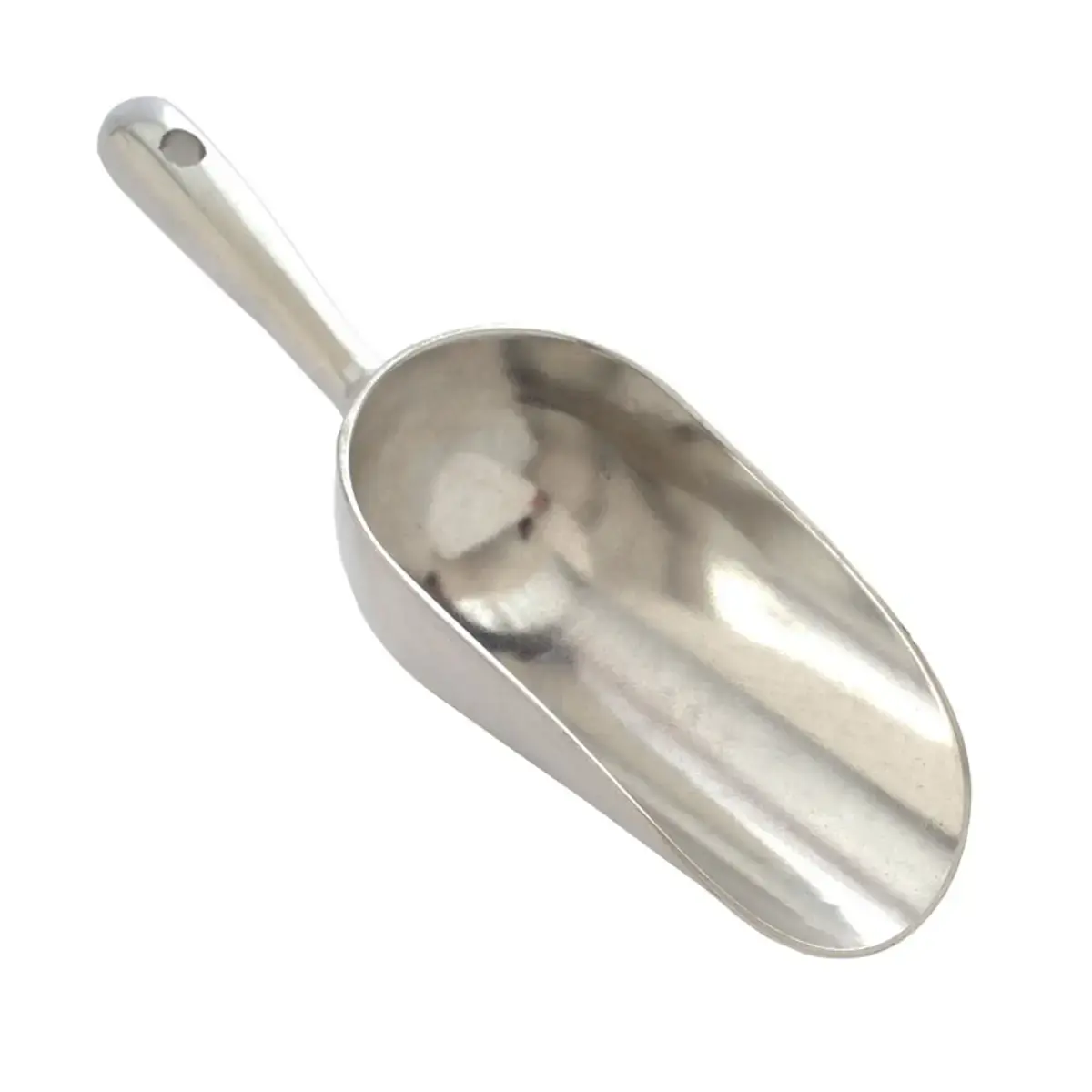don’t forget the price in retail include the destruction cost. they are winning on both side.
I would LOVE to see more of this. Looking at you GATORADE, with your half-inch-deep plastic rim on the bottom and new hourglass bottle shape. 32oz sized bottles are 28oz now and MORE expensive. Fuck shrinkflation to death.
If only smart glass is as popular as mobile phones. When Google introduced their smart glass, I dreamt of a day when a price history overlay is displayed when looking at a barcode, like how Keepa is doing for Amazon.
I also like German price display which has effective price, as in Eur per liter for drinks, making it dead simple to compare products. A smart glass will make it available everywhere.
Back to Carrefour, I really like that they are pushing pro consumer actions. However, we all know too well that they won’t do the same when it’s their products which are shrinking. Still better than no action though.
Afaik the base price display is requiered by EU law, atleast Czechia got them too on my last vacation.
Price per litre / kg etc is in Australia too
It is but it does nothing to curb shrinkflation in my experience.
I’m trying to think of a way to mandate this kind of notification but I can’t think of a way to do it that could be both clear and mandated. Perhaps if the price per changes there needs to be a history listed on the label.
One big problem with it is that in the short-term it discourages sales, so groceries aren’t incentivised to do it except as a stunt like this, so they won’t want the notices to be prominent. Ultimately they still want you to buy the stuff because then they make money.
I think a price most recently changed date next to price per unit would be great.
Yeah I mean a price per unit history over the past X period, at least a year if I had my way, so if it changes a lot you end up with a clear list. That’s actually not bad. Over time people would learn to read it and be educated about it and there might be more public pressure against it.
USA has unit prices as well. Can’t imagine shopping without that.
Good for them. I made tacos for the first time in ages a couple of days ago, and I could not believe the size of the shells now. I would have called them child-sized, they were so small. It’s disgusting.
Sounds like you just bought normal sized tortillas, like they use in Mexico. “Child-sized”? Lol.
Hard taco shells are an American Tex-Mex dish – they’re distinct from tortillas or tostadas
Motherfucker, have you never had a big ass burrito? The real Mexicans make their own tortillas, and if they feel like it, they’ll make one big enough to be used as a bedroll.
Bedrollitos are the best
It appears to be in some mystic arcane language but I have been able to translate it:
This product has seen its liters
REDUCED
and the price charged by our supplier
INCREASE
WE COMMIT TO RENEGOTIATING THIS RATE
Man, the French really don’t fuck around, do they?
Though the article says that Carrefour themselves do it for their house brands, so does that mean they’ll also apply it to themselves? XD
Yeah, no… Carrefour conglomerate is peak capitalism, so I can only assume this action is a way to push people to their own brand stuff.
Uhhh, no. They are gonna shame others, but not themselves. Capitalism my dude.
deleted by creator
This is the best summary I could come up with:
The French supermarket chain Carrefour has put labels on its shelves this week warning shoppers of “shrinkflation”, the phenomenon where manufacturers reduce pack sizes rather than increase prices.
It has slapped price warnings on products from Lindt chocolates to Lipton iced tea to pressure top consumer goods suppliers Nestlé, PepsiCo and Unilever to tackle the issue in advance of much-anticipated contract talks.
Since Monday, Carrefour has been putting stickers on products that have shrunk in size but cost more even after raw materials prices have eased, to rally consumer support as retailers prepare to face the world’s biggest brands in negotiations due to start soon and end by 15 October.
“Obviously, the aim in stigmatising these products is to be able to tell manufacturers to rethink their pricing policy,” Stefen Bompais, the director of client communications at Carrefour, said in an interview.
The Carrefour chief executive, Alexandre Bompard, who also heads the retail industry lobby group FDC, has repeatedly said consumer goods companies are not cooperating in efforts to cut the price of thousands of staples despite a fall in the cost of raw materials.
In this he is backed by the French finance minister, Bruno Le Maire, who in June summoned 75 big retailers and consumer groups to his ministry urging them to cut prices.
The original article contains 494 words, the summary contains 216 words. Saved 56%. I’m a bot and I’m open source!
To be fair, most likely of these ‘foods’ look like complete junk. Over-processed shit. Huge mark-ups on what amounts to packaging and cheap fat/sugar/industrial flavours.
Lurpak shrank all their butter by 20%. In looks it’s barely noticeable. In reality it’s a 25% price hike.
Shrinkflation is largely a myth. Items do not shrink relative to inflation, in fact the majority of claimed products are larger now than they were 50 years ago.
People often cite certain chocolate bar sizes with comparing the size today to that from the 90s. It’s not a fair comparison and not an example of shrinkflation. Mars bars have dropped 20% in size since the 90s but still are 4% larger today then when they originally came out.
Neither are small boxes of cereal. When I worked at Wal-Mart 9 years ago those same thin boxes gave me grief when putting them out on the shelves.
i see milk tasting almost like water like skimmed milk, as well as some juices i used to be able to buy, fillings in sweets like crackers and wafers being almost as thin as paper or outright stopping being sold and replaced by cookies using drops for a filling, yogurt being replaced by “milk drink” (yogurt is thicker and slower to flow down, i can tell the difference, but the label also changes, idk the english term for “bebida láctea”), a lot of sweets and bags reducing from 800g down to 600g, down to 400g while keeping the same price, packaging turning opaque and non-transparent, potato chips and other salt foods being filled 1/5th, down from 1/3rd, even instant noodles going from 150g down to 80g in the past decade.
only things that aren’t changed as much is what i know to be the very basic things that people in here uses and cooks every day, that being rice (5kg), beans (5 and 1kg), pasta (500g all variants), sugar and salt (1kg), etc.
mostly depends on the country you are in (i’m in Brazil), but the point is that it doesn’t stop at the chocolate bars.Milk is generally a regulated good and cannot be watered down like that. The same is true with all dairy. It’s sad that you live in a country that does not offer such food protection.
Chips have always been filled like that. The nitrogen in the bag keeps the food fresh and acts as a way to keep them from damage via transport. Lays had reduced thier weight though, which ended up being 5 less chips per bag. The bags are still almost twice the size they were than 35 years ago.
In Canada the most popular brand of Ramen is Mr. Noodles. It’s been 85g for the last 20 years, maybe more.










